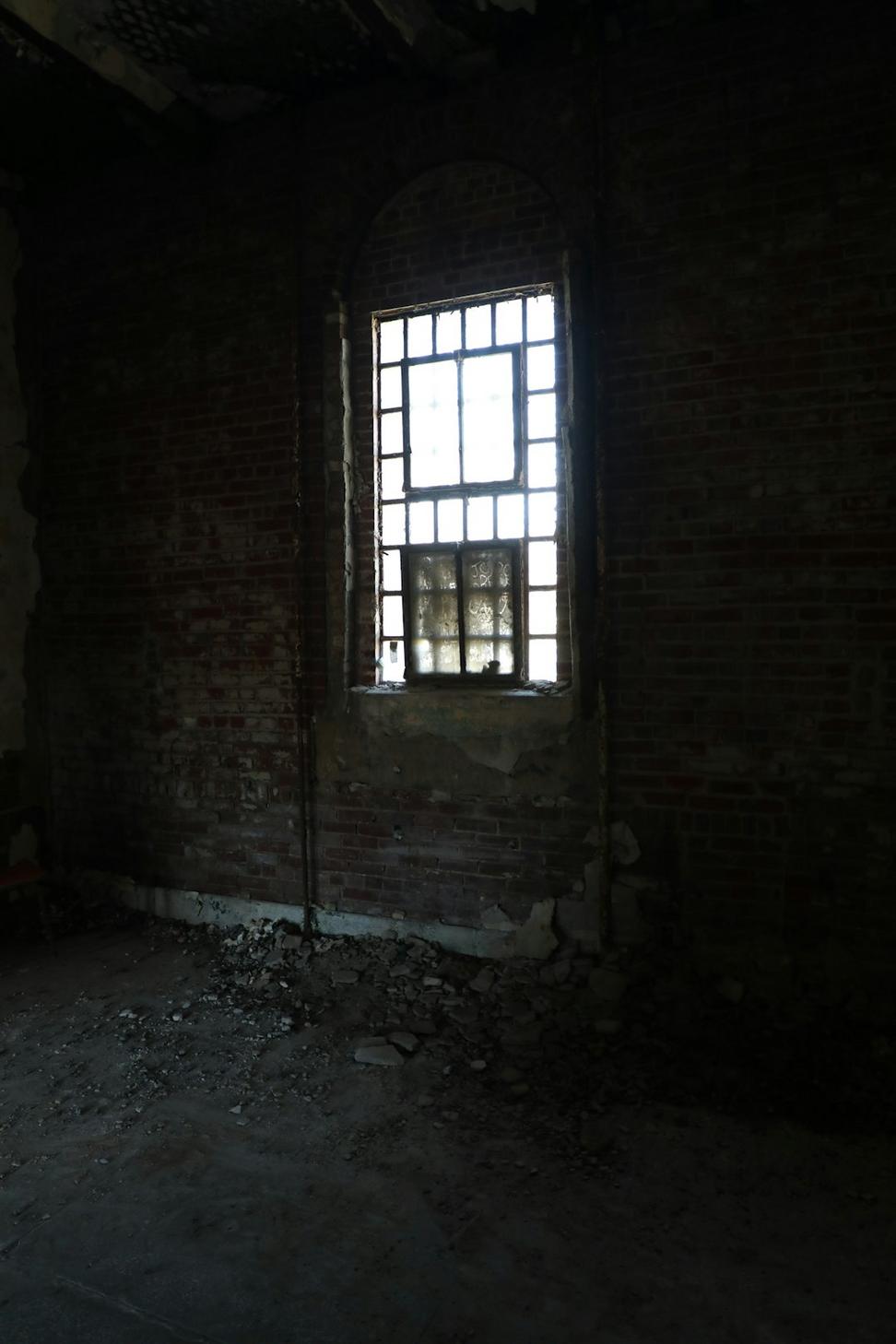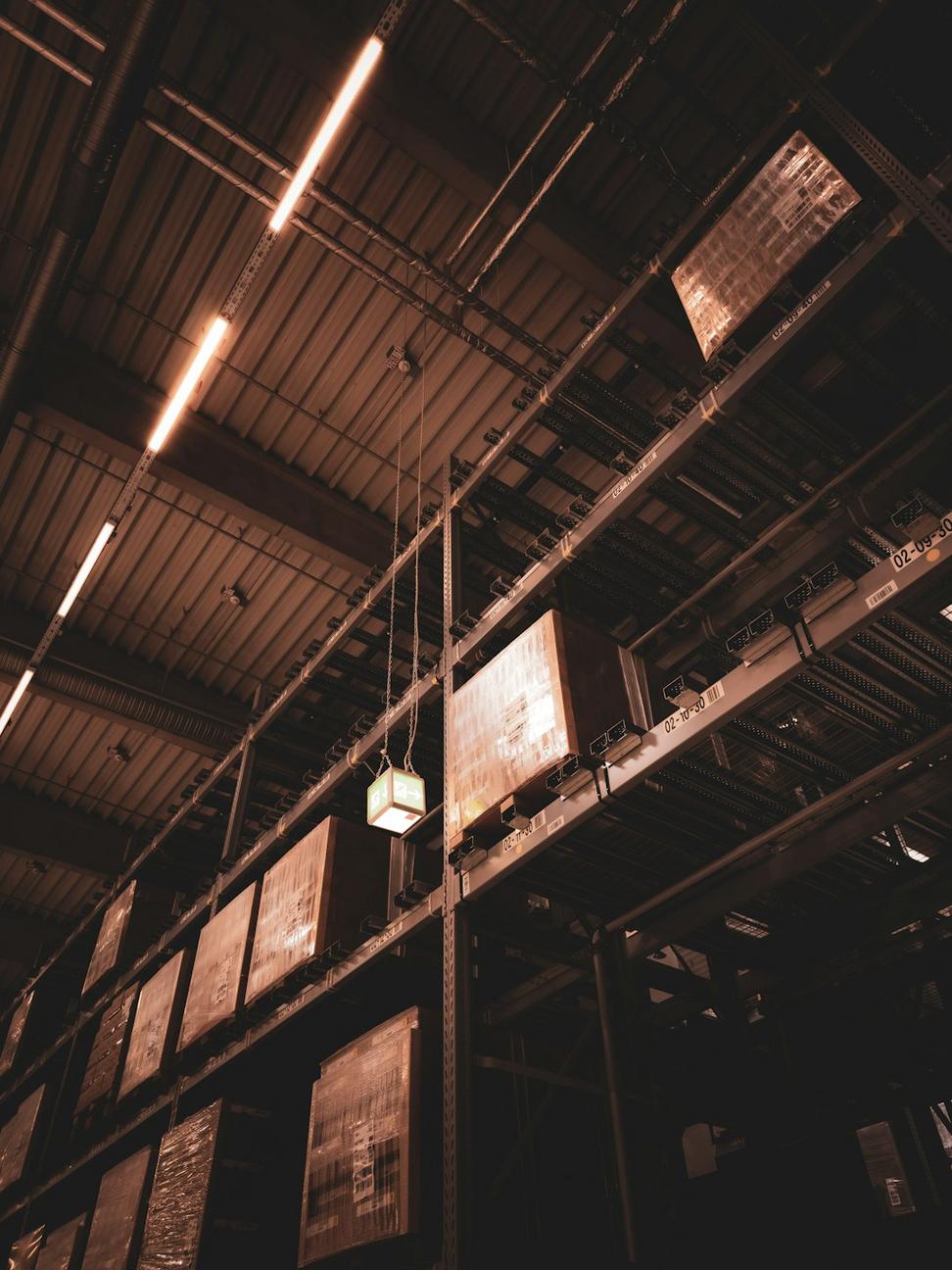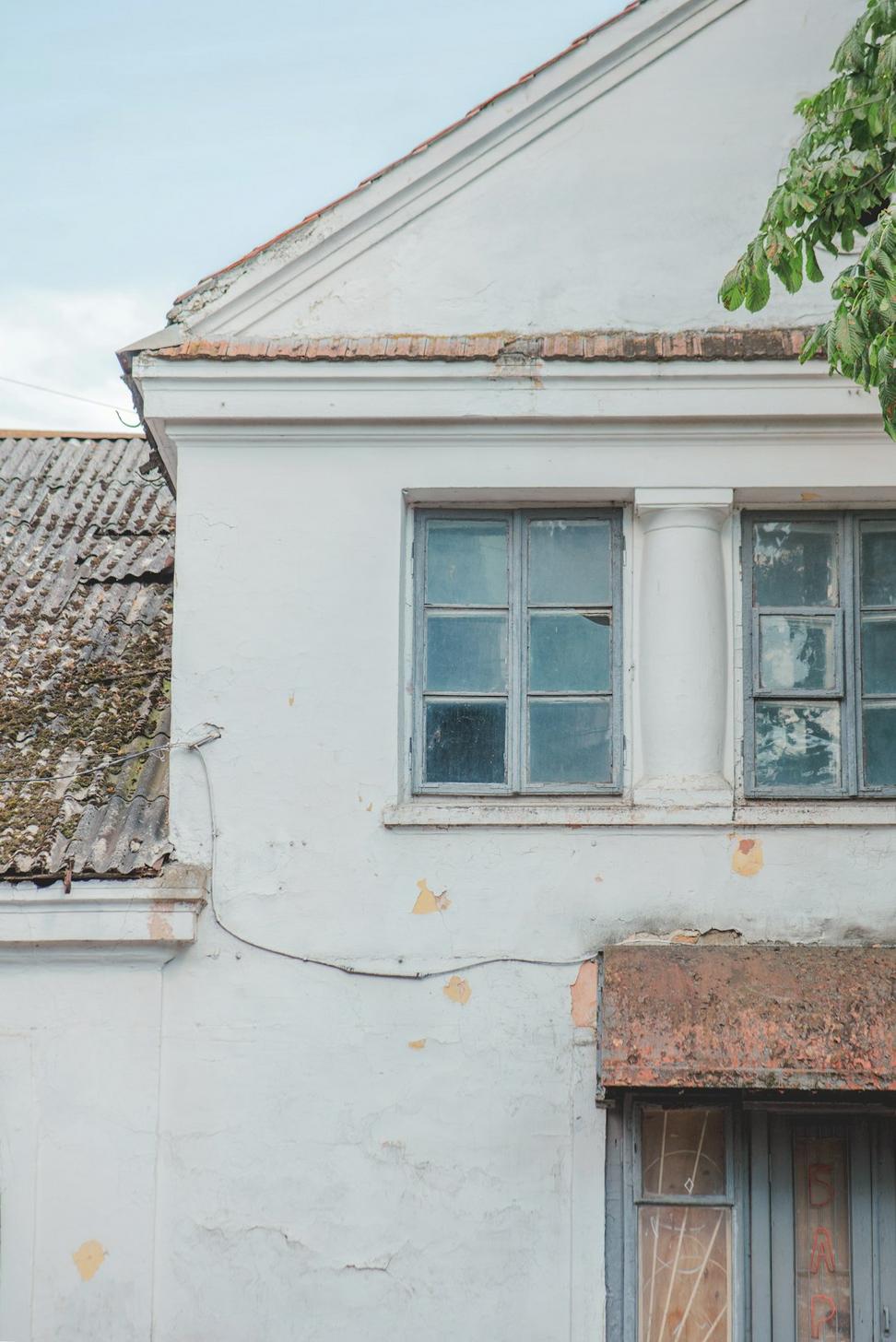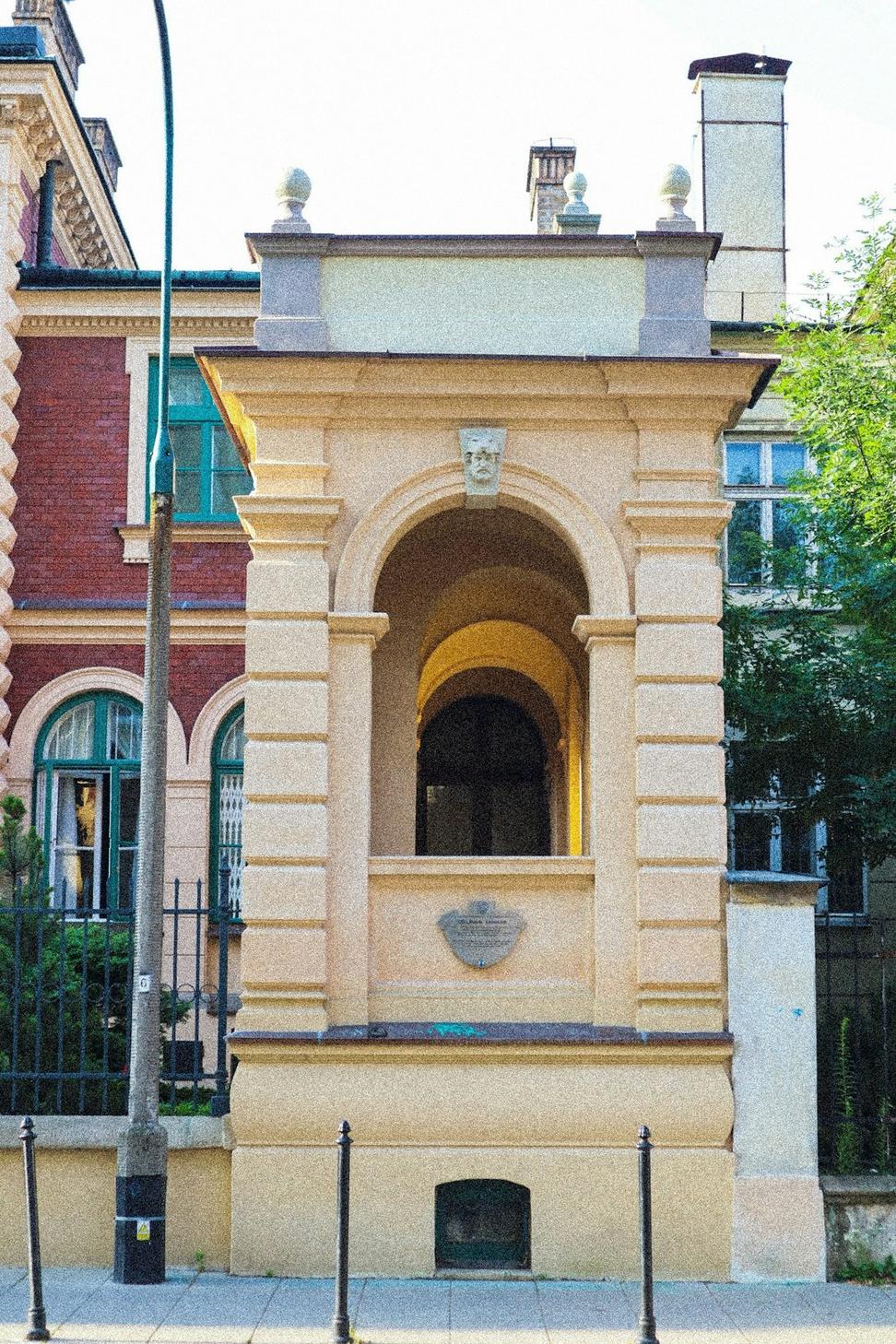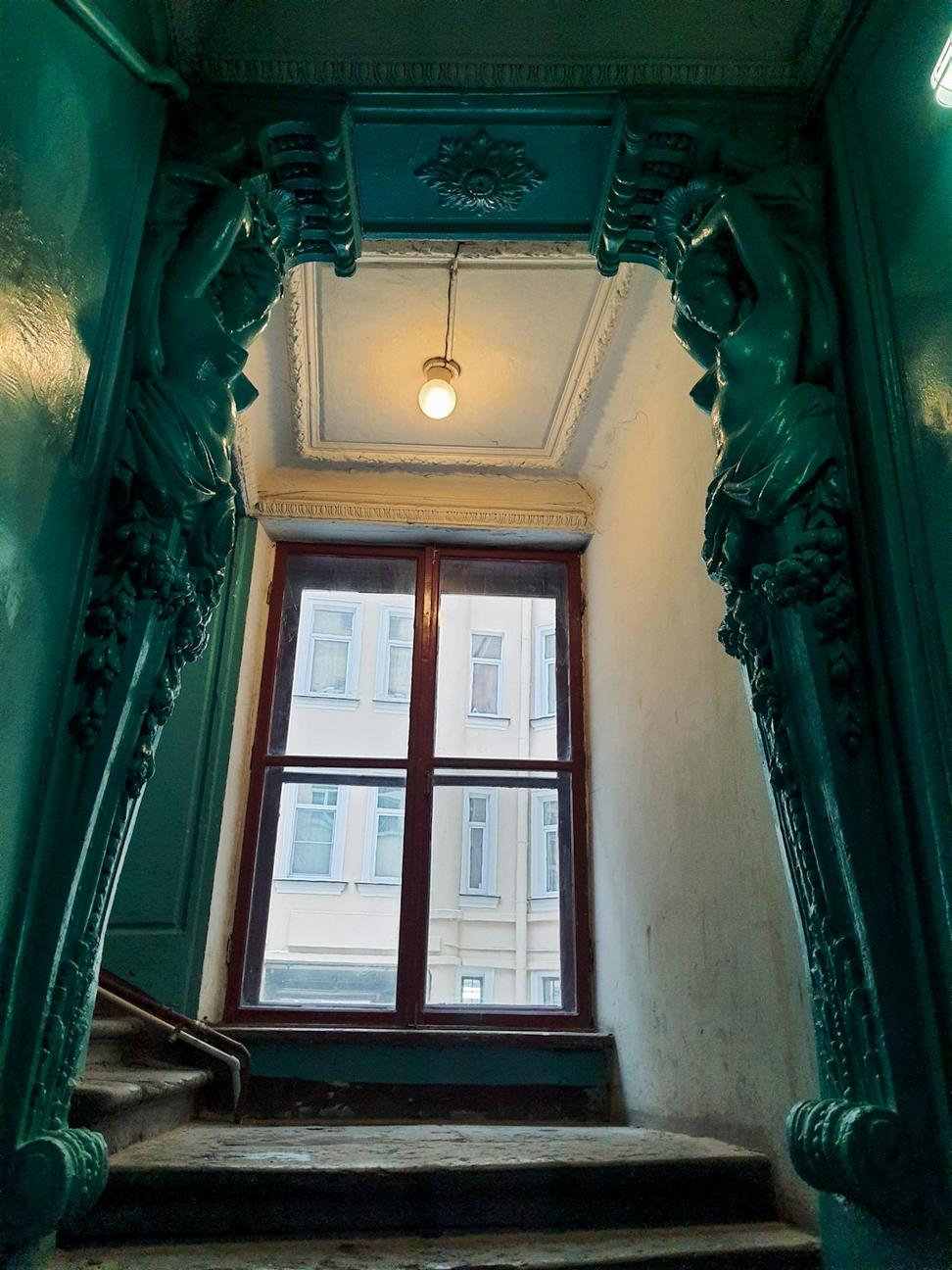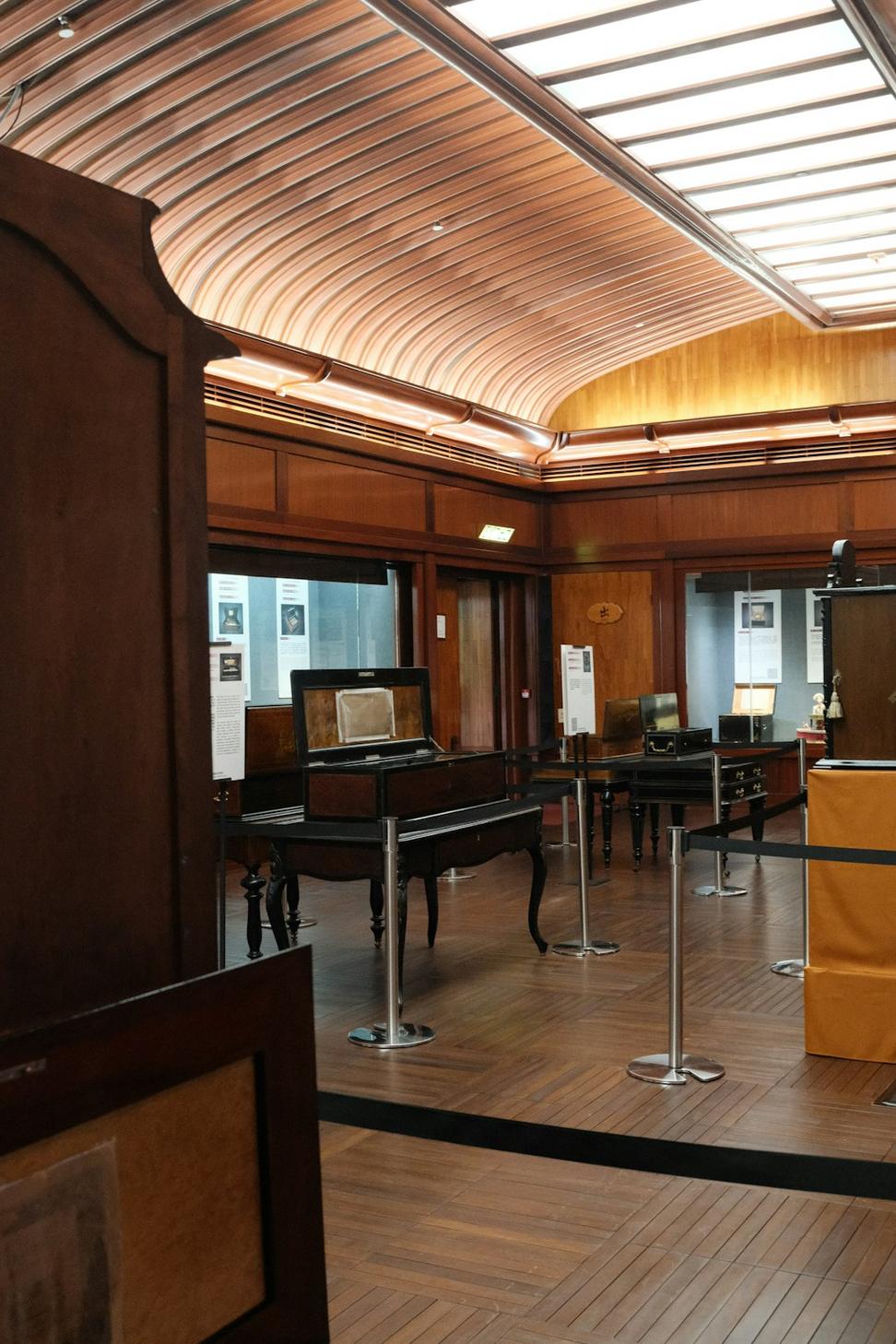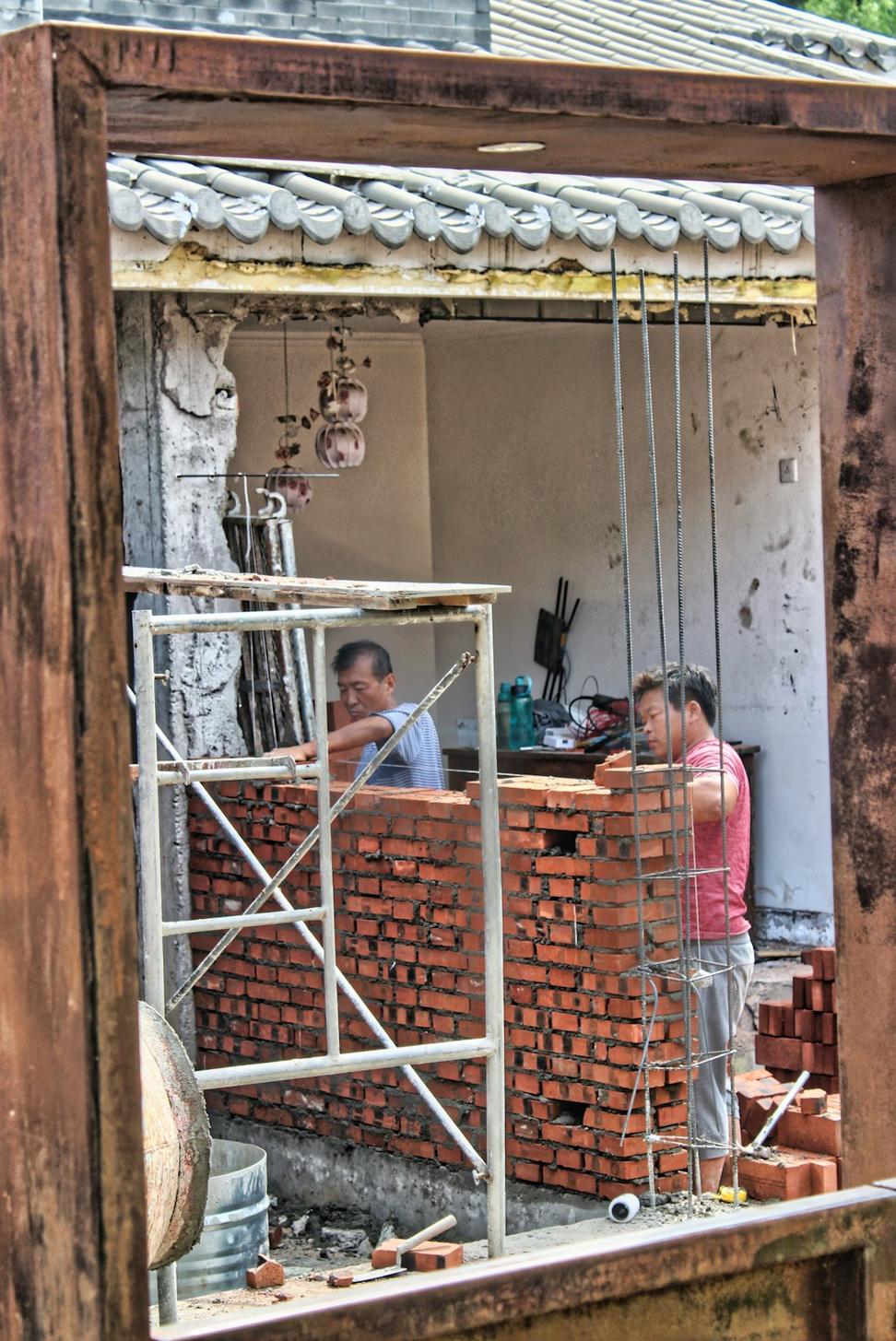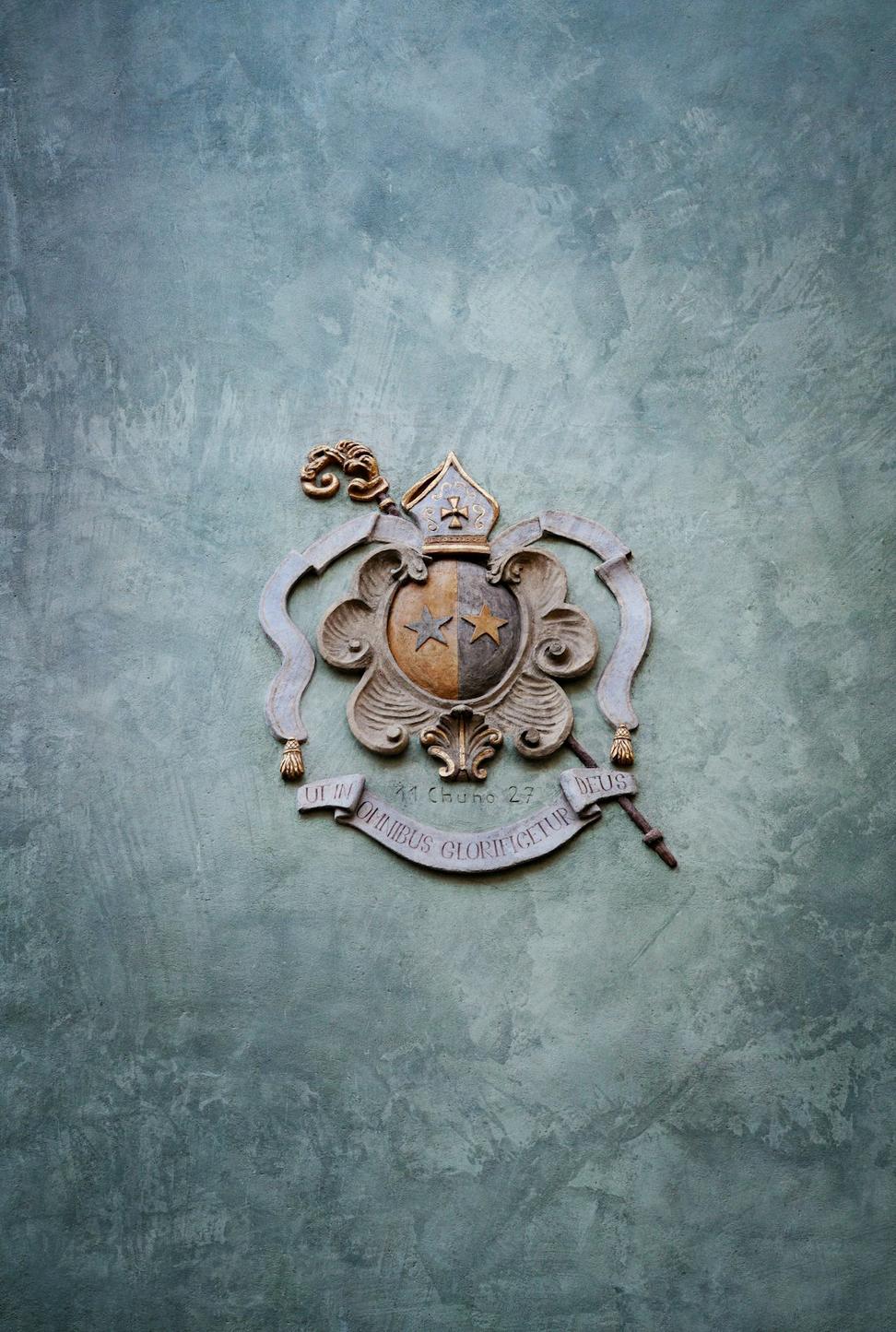
Why Heritage Matters
Look, we've all seen those 'renovations' where someone strips out everything that made a building interesting and slaps on some modern finishes. That's not what we're about. Every historic building we touch has a story - sometimes literally written in the timber or carved into the stone.
What gets us excited is finding that balance. Keeping the soul of a 1920s factory while upgrading the HVAC so people can actually work there comfortably. Preserving those gorgeous original windows but improving thermal performance so the heating bills don't kill you. It's puzzle-solving at its finest.
We've learned that the best restorations aren't about freezing a building in time - they're about understanding what made it great and letting it evolve.
37+
Heritage Projects
1890s
Oldest Building
